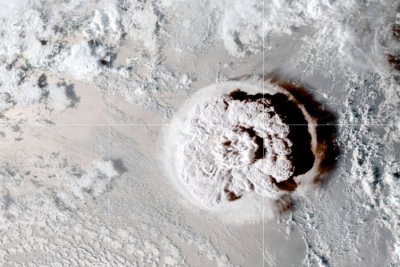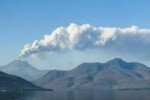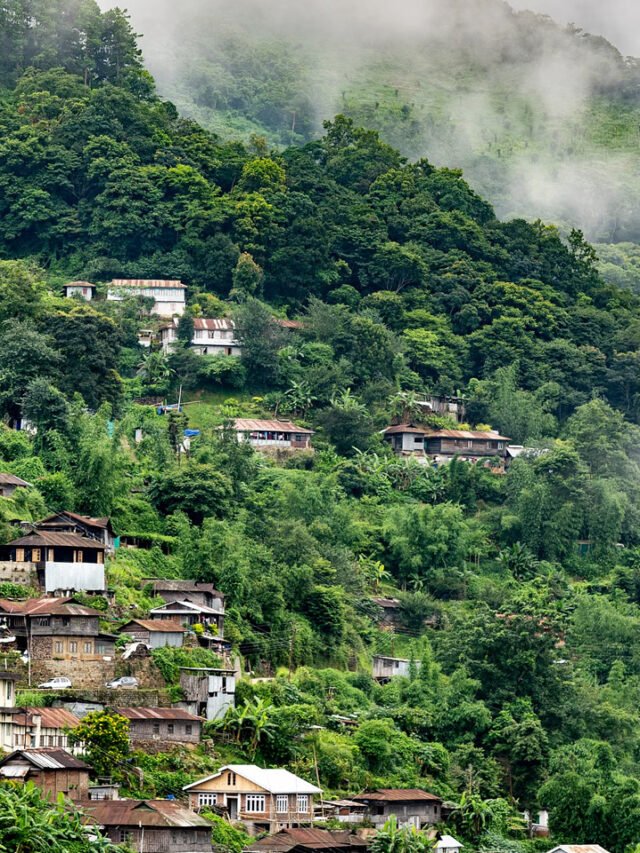LONDON, July 1 (IANS): The eruption of the Hunga Tonga-Hunga Ha’apai submarine volcano on January 15, was one of the most explosive volcanic events of the modern era, creating waves that reverberated around the earth and reached 100 km into the ionosphere, a new study has revealed.
The Hunga Tonga eruption produced a vertical plume that extended more than 50 km above the surface of the earth.
Heat released from water and hot ash in the plume remained the biggest source of gravity waves on earth for the next 12 hours. The eruption also produced ripple-like gravity waves that satellite observations show extended across the Pacific basin.
The eruption also triggered waves in the atmosphere that reverberated around the planet at least six times and reached close to their theoretical maximum speeds – the fastest-ever seen within our atmosphere, at 320 m per second, said researchers from the University of Bath, UK.
“This was a genuinely huge explosion, and truly unique in terms of what’s been observed by science to date. We’ve never seen atmospheric waves going round the whole world before, or at this speed – they were travelling very close to the theoretical limit,” Dr Corwin Wright, a Royal Society University Research Fellow based at the Centre for Space, Atmospheric and Oceanic Science at the University.
“Our study nicely shows how the striking display of global waves is driven by the huge amounts of seawater vaporised during the eruption. However, my gut feeling is that there is more to come from this eruption. As the exceptional amount of water vapour spreads throughout the stratosphere, eyes will turn to the Antarctic ozone hole and just how severe it will be in the spring,” added Dr Scott Osprey from the National Centre for Atmospheric Science, at University of Oxford.
The study combined extensive satellite data with ground-level observations to show that the eruption was unique in observed science in both its magnitude and speed, and in the range of the fast-moving gravity and atmospheric waves it created.
The fact that a single event dominated such a large region is unique and one that will help scientists improve future atmospheric weather and climate models, the team wrote in the journal Nature.












